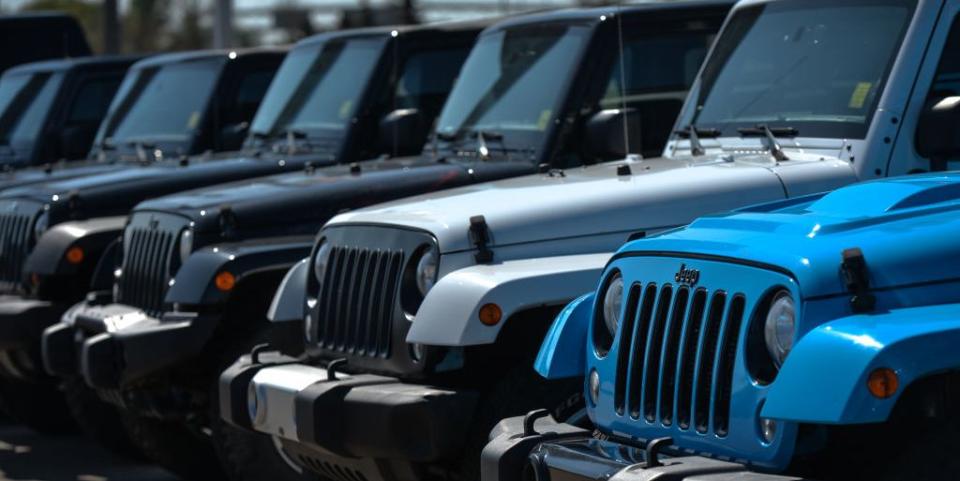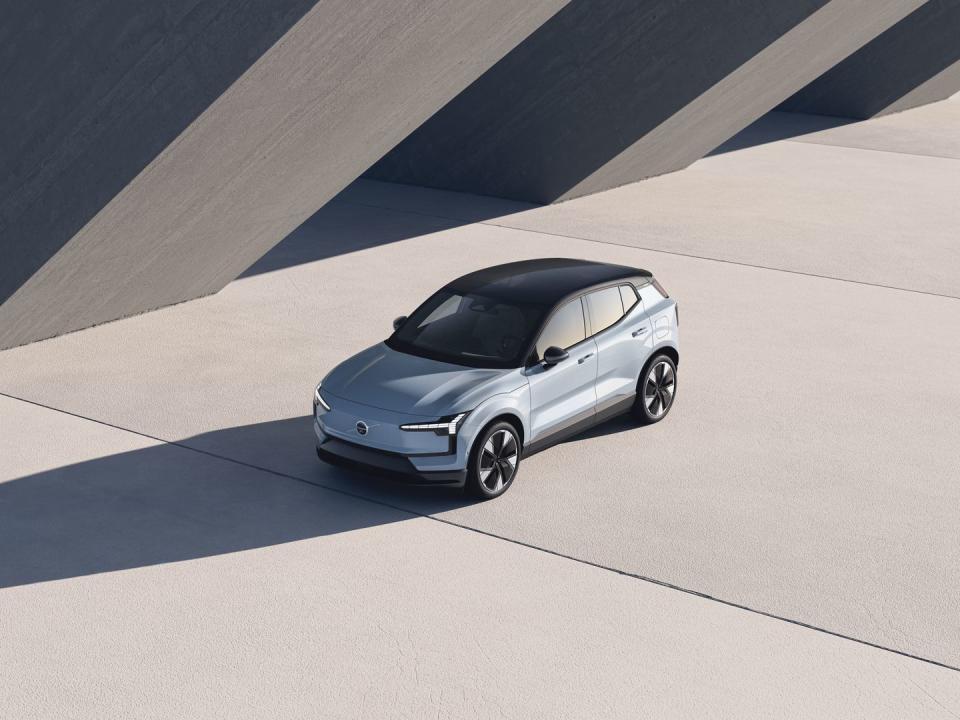New Cars Are Too Expensive for Some Shoppers, While EV Inventories Are Way Up

“We’re confident there will be no recession in 2023,” says Cox Automotive’s chief economist, Jonathan Smoke.
After bumping near the $50,000 level late last year, the average price of a new vehicle has tamed so far in 2023, to $48,528 in May.
Electric-vehicle sales are expected to surpass 1 million in the US this year for the first time.
Is the US economy heading for a recession by this winter or merely a “soft landing,” after 10 straight interest rate increases by the Federal Reserve? Consumers and politicians alike want to know.
If US auto sales are any indication (and they are), the soft-landers have it. New car and light truck sales for the first half of the year will be up by 800,000 units over the first half of 2022, when automakers report sales next week, Cox Automotive said in its Mid-Year Review this week. These first-half results have given the firm’s analysts enough optimism to forecast Americans will buy 15 million new vehicles by the end of 2023.
“We’re confident there will be no recession in 2023,” says Cox Automotive’s chief economist, Jonathan Smoke. “The negatives have bottomed out.”
For decades, 15 million has been a sort of unofficial gauge between bull- and bear-market new car sales. The new vehicle market hit the 17- to 17.5-million range for the half-decade before the pandemic and its chip supply problems.
Cox’s newly revised forecast compares with its projection from early this year of 14.1 million, and the revision is more dramatic if you consider these numbers compare with 13.9 million new vehicles sold in 2022.
After bumping near the $50,000 level late last year, the average price of a new vehicle has tamed so far in 2023. Cox estimates it was $48,528 in May. However, it says 10% of consumers who normally would buy new rather than used are priced out of new cars and trucks.
Used vehicles will not provide much relief for the 10%. Used cars and trucks led the inflation rates for much of 2022 before settling down. Smoke, the chief economist, says they will remain in short supply through 2025 and availability won’t reach pre-pandemic levels until 2028.
Electric-vehicle sales will surpass 1 million in the US this year for the first time. Extrapolating first-half ‘23 EV market share over first half ‘22, that means additional EV sales of about a quarter-million will contribute to the projected 1.1-million increase for the full year.
EV sales in the first half of 2023 accounted for 6.5% of the total vehicle market, compared with 5.2% in the first half of 2022 and just 2.5% in the first half of 2021, according to Cox data. The pandemic and the growing number of choices lifted the EV market considerably, from 1.5% for the first half of 2020. Cox Automotive counts “30-plus” new EV models launching this year, and 50 or more in 2024.

Inventory of new EVs is way up—by 342% for the second quarter of 2023—year over year, to 92,285 units, or 92.2 days’ supply, Cox says. Compare that with the second quarter of 2022, when there were 20,852 EVs in stock, equal to 35.8 days’ supply. Although Ford, Volvo, Volkswagen, and other legacy automakers have been adding models and increasing EV production, Smoke says most of the increase is courtesy of Tesla.
For the market overall, new vehicle inventories are up 800,000 units over the first half of ‘22, a 74% increase, says Charlie Chesbrough, Cox Automotive senior economist.
The Toyota brand remains most thin on inventory, with less than 25 days’ supply, well below the industry average of 51 days. Lexus has the fourth-lowest inventory, with Honda and Kia separating Toyota’s luxury brand from Toyota. Jaguar is highest.
Toyota Motor North America sold more vehicles in the US than even General Motors and Ford Motor Company in 2021, then fell behind GM last year. Toyota is on track this year to take second place again, just ahead of Ford.
GM’s first-half sales will be up 17.2% year-over-year, Cox says, while Toyota sales are projected to fall 2%. That accounts for an 0.4% market-share increase for GM to 16.7%, compared with a 1.8% drop for Toyota to 13.4%. Ford sales will be up 9.4% year-over-year for the first half, with market share down 0.3 points to 13%.
Biggest year-over-year gainers for the half will be Tesla (up 26.7% for a 4.3% market share) and Honda (up 25.4% to 8.3% share). These are strange sales bedfellows: an automaker that has never sold an internal-combustion vehicle and another that currently has no EVs for sale in the US.
Has the economy impacted your car shopping this year? Please comment below.

 Yahoo Autos
Yahoo Autos 